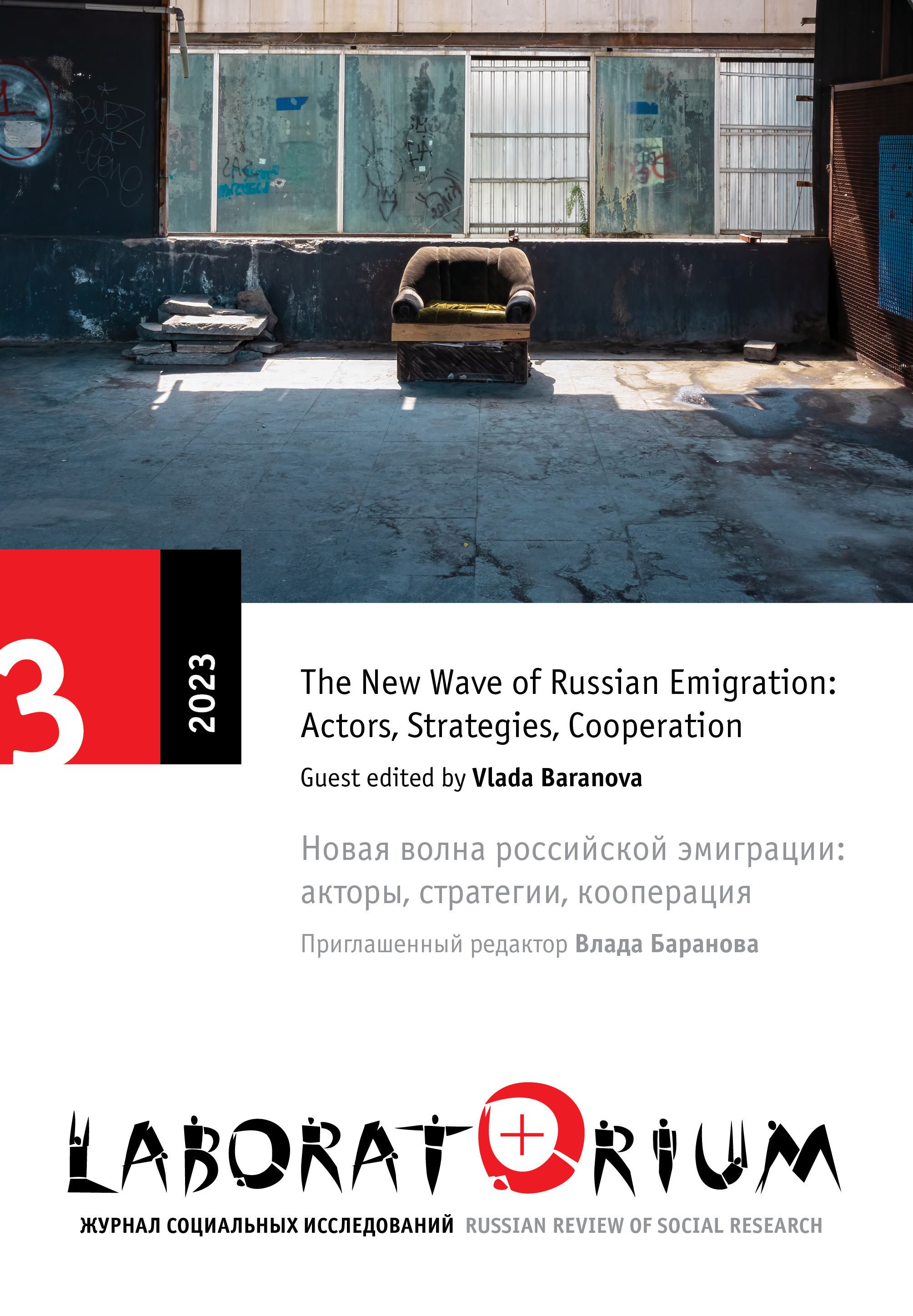Polysemantic Bisexuality and the Pragmatics of Sexual Identity
Main Article Content
Abstract
The article examines the meanings that bisexuality is endowed with from the outside (by those who do not identify as bisexual at the current moment) and from within (by those for whom this is an actual identity). The study is based on biographical interviews and written autobiographies collected from nonheterosexual people: homosexual, bisexual, and those who avoid specific sexual identities. Bisexuality appears as a polysemous category with porous, flexible, hard-to-perceive boundaries. Because of its instability, some refuse to see bisexuality as a “true,” stable form of sexuality or sexual identity. Others see it as only a transitional, temporary state, a “middle ground” between homosexuality and heterosexuality, or as a predisposition for sexual development. Of particular importance in the context of bisexual self-determination is temporality: the vision of one’s past, present, and future is tightly woven into the process of self-identification. Bisexual identity can be unstable, combined with other identities, and sometimes replaced by them within the same narrative. While trying to capture the diversity of meanings associated with bisexuality, the article raises a broader question about the pragmatics of sexual identity in general: Why do nonheterosexual people (not) choose this or that sexual identity? What are the social processes behind sexual self-identification or refusal of it? In addition, the article offers a historical review of bisexuality studies and also systematizes currently existing theoretical conceptualizations of bisexuality.
Article in Russian
Keywords
Bisexuality, Homosexuality, Sexual Identity, Gender, Sexuality, Biographical Narratives, Biographical Method, Discursive Strategies
Abstract 311 | PDF (Русский) Downloads 500


